Bernardo Santos, Osvaldo Ferreira, Orquestra Filarmónica Portuguesa - Coelho, De Falla: Iberian Nights, Works for Piano and Orchestra (2025)
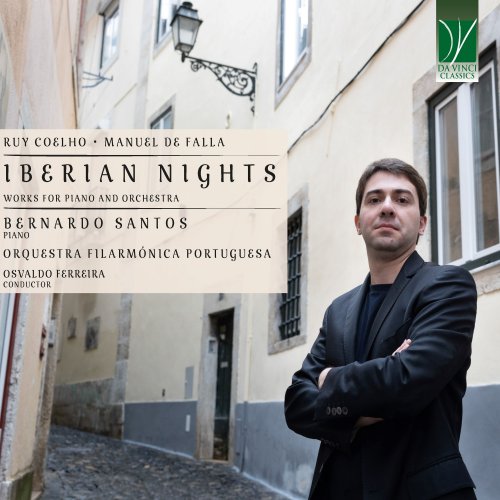
Artist: Bernardo Santos, Osvaldo Ferreira, Orquestra Filarmónica Portuguesa
Title: Coelho, De Falla: Iberian Nights, Works for Piano and Orchestra
Year Of Release: 2025
Label: Da Vinci Classics
Genre: Classical
Quality: flac lossless (tracks)
Total Time: 00:51:30
Total Size: 188 mb
WebSite: Album Preview
TracklistTitle: Coelho, De Falla: Iberian Nights, Works for Piano and Orchestra
Year Of Release: 2025
Label: Da Vinci Classics
Genre: Classical
Quality: flac lossless (tracks)
Total Time: 00:51:30
Total Size: 188 mb
WebSite: Album Preview
01. Noites nas Ruas da Mouraria: No. 1, As Mulheres Dançam às Portas
02. Noites nas Ruas da Mouraria: No. 2, O Luar Sobre as Velhas Casas
03. Noites nas Ruas da Mouraria: No. 3, Mouraria
04. Noches en los jardines de España: No. 1, En el Generalife
05. Noches en los jardines de España, G. 49: No. 2, Danza Lejana
06. Noches en los jardines de España, G. 49: No. 3, En los Jardines de la Sierra de Córdoba
The works for piano and orchestra “Noites nas Ruas da Mouraria” (“Nights in the Streets of Mouraria”), by Ruy Coelho, and “Noches en los Jardines de España” (“Nights in the Gardens of Spain”), by Manuel de Falla, exemplify a distinctive aesthetic in 20th-century Iberian music. Each of these concertante works evokes nocturnal imagery inspired by specific Iberian locales and cultural elements, featuring fluid piano writing and orchestral textures rich in subtlety and nuance.
Manuel de Falla (1876–1946) composed “Noches en los Jardines de España” between 1909 and 1915, originally conceiving it as a set of pieces for solo piano. The work was heavily influenced by the Spanish cultural renaissance of the early 20th century, during which composers strove to incorporate national elements into classical forms. Falla was especially drawn to the evocative power of landscapes and the atmospheric possibilities of orchestral sonorities. Encouraged by pianist Ricardo Viñes, he ultimately expanded these sketches into a more elaborate orchestral work in which the piano, though integral, is by no means merely a supporting instrument. This decision aligned with Falla’s fascination with the colourful, impressionistic orchestration of his French contemporaries Debussy and Ravel, yet it also preserved a distinctively Andalusian character.
Falla completed the final orchestration in 1915 after substantial revisions. The premiere took place in Madrid in 1916, featuring José Cubiles at the piano and Enrique Fernández Arbós conducting the Madrid Symphony Orchestra. The performance was well received, praised for its vivid ambience and Falla’s skill in weaving traditional Spanish elements into refined orchestral colours. It quickly became one of the most celebrated works in the Spanish piano concerto repertoire, frequently performed and recorded throughout the 20th century.
Each movement of “Noches en los Jardines de España” transports the listener to a different Andalusian setting. “En el Generalife” (“In the Generalife”) portrays the luxuriant gardens of the Alhambra in Granada, where the orchestra provides a richly atmospheric canvas and the piano interlaces delicate arabesques evoking the palace’s intricate architecture and reflecting pools. The second movement, “Danza Lejana” (“Distant Dance”), adopts a more enigmatic quality, with woodwind motifs suggesting remoteness, while the interplay of piano and orchestra shapes a hypnotic rhythmic tapestry. Finally, “En los Jardines de la Sierra de Córdoba” (“In the Gardens of the Sierra of Córdoba”) conveys a spirit of festivity and nocturnal wonder, underpinned by layered harmonies and the piano’s fluid recitatives, reminiscent of Andalusian serenades.
The connection between Falla and Ruy Coelho (1889–1986) is documented through letters and articles by both composers preserved at the Estate of Ruy Coelho at the Biblioteca Nacional de Portugal in Lisbon, and at the Fundacion Manuel de Falla in Granada. Coelho was one of Portugal’s foremost 20th-century composers, although his output remains to be more widely acknowledged. He was deeply committed to forging a national musical idiom, blending modernist methods with Portuguese traditional and historical elements. Over a long career, he composed operas, symphonic poems, four works for piano and orchestra, and a considerable body of solo piano music. Much like Falla’s evocations of Spain, Coelho’s works frequently convey Portuguese cultural and historical imagery, as viewed from the predominant perspectives of his time.
“Noites nas Ruas da Mouraria” (1949) was derived from an earlier piece, “Mouraria” (1944), originally written for harpsichord and orchestra. In its final form, it places the piano in a prominent solo role, with the orchestra providing a descriptive backdrop to conjure atmospheres of Mouraria, a centuries-old Lisbon neighbourhood. Its three movements—“As Mulheres Dançam às Portas” (“Women Dance at the Doorways”), “O Luar Sobre as Velhas Casas” (“Moonlight Over the Old Houses”), and “Mouraria”—embody a Portuguese perspective by incorporating themes and motifs reminiscent of Portuguese traditional music, though not quoting it directly.
In the first movement, “As Mulheres Dançam às Portas,” the piano outlines an ostinato figure that persists throughout, evoking the bustling nocturnal festivities of the Mouraria district. The orchestra complements this vibrant depiction with colourful interjections and subtle variations on the ostinato-like idea, creating a sense of dynamic spontaneity. A harmonic ambiguity at the outset lends a touch of mystery, heightening the near-mythical aura of this vignette. In its central section, a contrasting motif suggests echoes of the Portuguese guitar, further enriching the musical portrayal of Lisbon’s traditional soundscape.
The second movement, “O Luar Sobre as Velhas Casas,” offers a marked contrast, characterised by a contemplative, ethereal atmosphere. The piano begins with a delicate, bitonal passage that mirrors the interplay of light and shadow on the ancient buildings of Mouraria. Compared to the other movements, the orchestral writing here is notably restrained—shimmering strings, harp, and celesta serve to evoke a dreamlike nocturnal scene. Occasional solo passages from the cello and viola provide moments of poignant lyricism, while the piano sustains a gentle, flowing line, suggestive of moonlight slowly traversing the historical facades of this Lisbon neighbourhood.
The final movement, “Mouraria,” is the most expansive and dynamically charged. It opens with a striking piano motif, supported by orchestral flourishes that set a spirited tone sustained throughout the piece. Several contrasting themes emerge: some draw on traditional Portuguese dance rhythms, while others are more lyrical, reminiscent of fado, thereby imparting a rhapsodic quality. These themes are interwoven as the music progresses, forming a vibrantly varied tapestry that highlights the lively, multicultural character of the neighbourhood. A virtuosic dialogue between piano and orchestra drives the movement to a climactic conclusion, affirming the celebratory spirit of the work.
The premiere of “Noites nas Ruas da Mouraria” took place at the Salle Gaveau in Paris on 29 June 1949, with pianist Aline van Barentzen and the Orchestre Colonne, conducted by Ruy Coelho. The piece continued to be performed into the 1950s and 1960s, but later drifted into obscurity until the present recording. Remarkably, Van Barentzen had already been the first pianist to record “Noches en los Jardines de España” in 1928, stepping in for Ricardo Viñes on very short notice. This connection highlights the intriguing parallels between these two works, which—despite their stylistic differences—both offer a poetic vision of the night and an embodiment of the ‘Iberian mystery.’
Both pieces featured on this CD stand out as distinctive examples of Iberian music for piano and orchestra, adopting a programmatic approach that departs from more conventional concerto structures. This recording also represents the first commercial release of “Noites nas Ruas da Mouraria,” thus preserving an important, though previously overlooked, facet of Portugal’s symphonic heritage, and furthering recognition of Ruy Coelho’s significant contribution to the repertoire. Their evocative orchestral writing and impressionistic colouring provide a welcome addition to the piano concerto canon, enriching the dialogue between soloist and ensemble. By painting vivid sonic images rooted in specific cultural contexts, they transcend mere virtuosic display, offering instead an immersive and atmospheric musical experience.
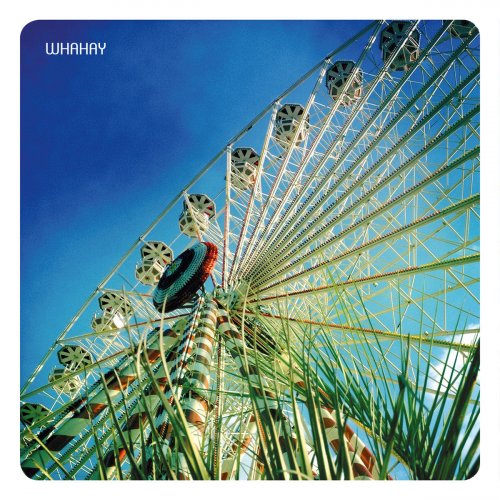
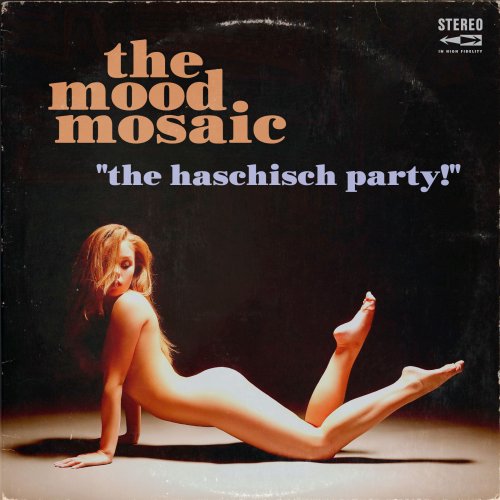
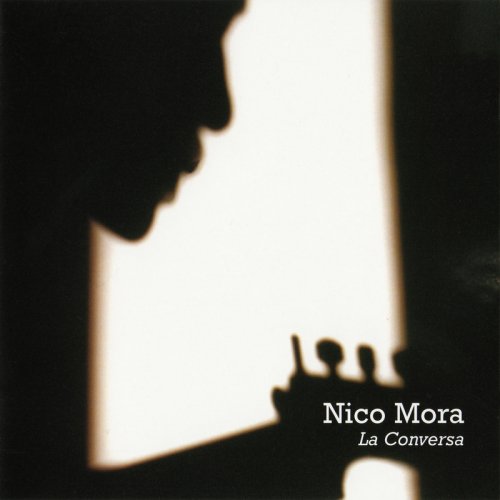
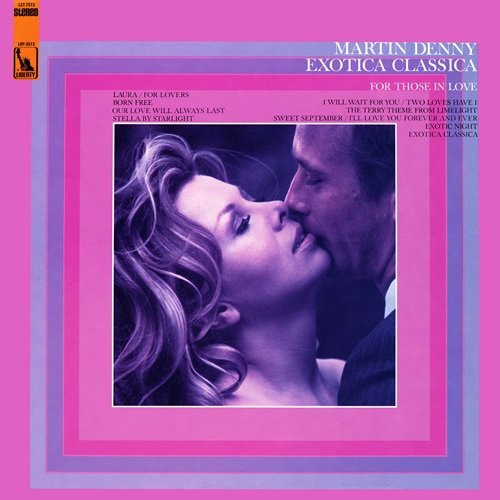
![Black Flower - Ghost Radio (2016) [Hi-Res] Black Flower - Ghost Radio (2016) [Hi-Res]](https://img.israbox.com/img/2025-12/21/9jx4xnhjd3hra5u06rbmghsre.jpg)
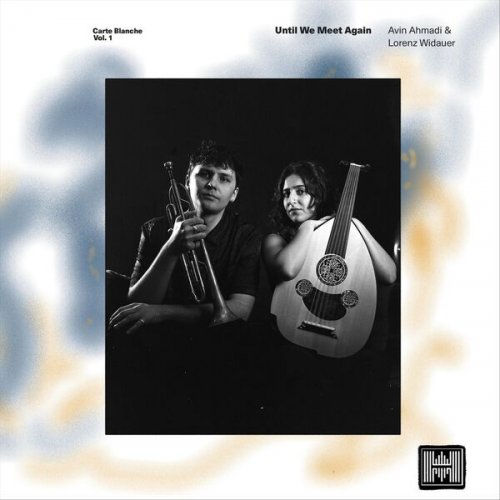
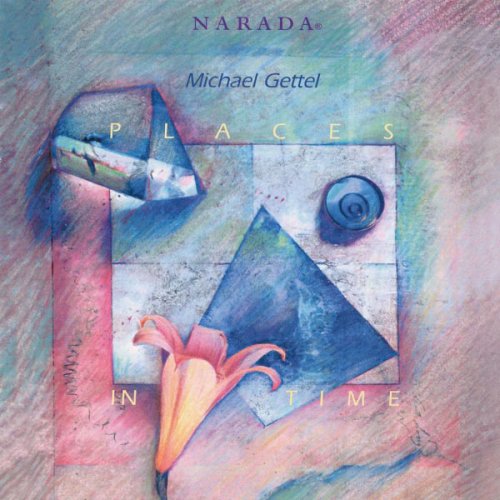
![The Mood Mosaic - Soul Seduction (2025) [Hi-Res] The Mood Mosaic - Soul Seduction (2025) [Hi-Res]](https://www.dibpic.com/uploads/posts/2025-12/1766135288_d5rmbmuwqtmya_600.jpg)
